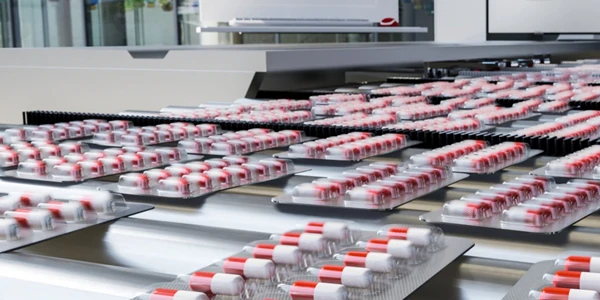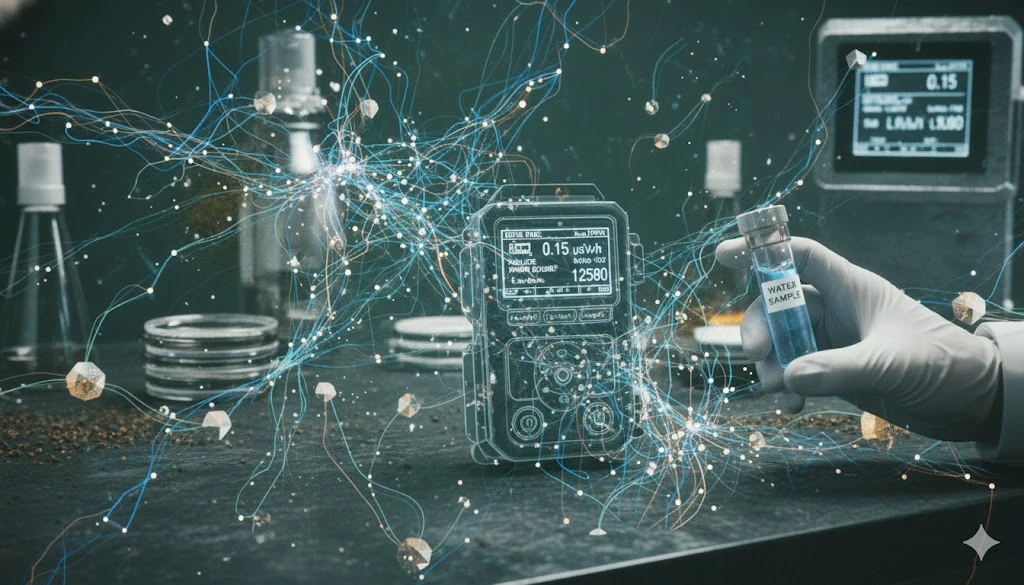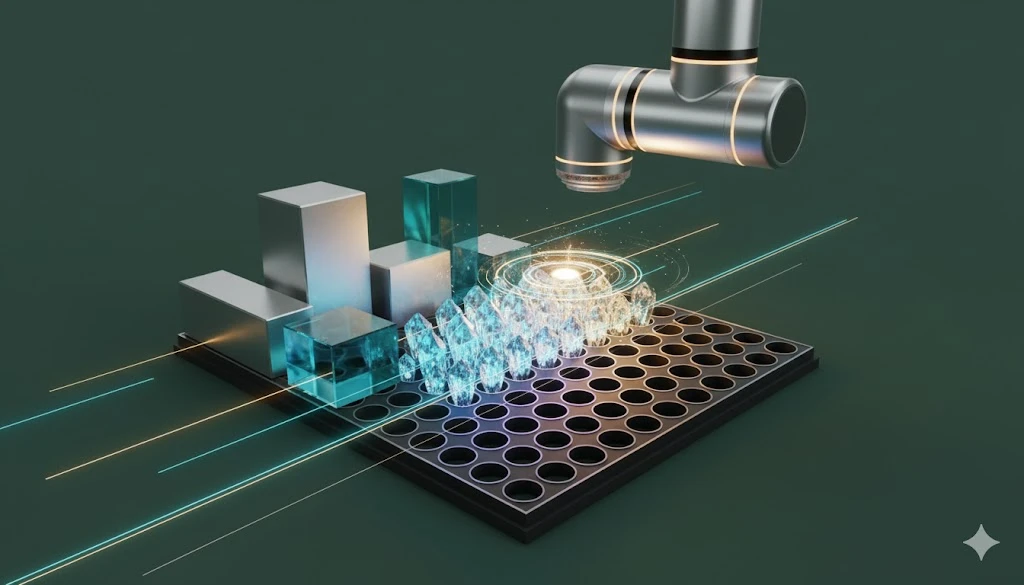The Rise of Capillary Electrophoresis in the Clinical Laboratory
Capillary electrophoresis (CE) has moved from niche analytical technique to a practical, production-grade option for clinical assay development and routine diagnostics. With high separation efficiency, low sample and reagent consumption, and compatibility with fluorescence and mass-spectrometric detection, CE delivers rapid, quantitative results across proteins, peptides, nucleic acids, metabolites, and glycans.
Hospital clinics and reference labs now use CE for serum protein and genetic variant analysis, while assay developers leverage CE-SDS, cIEF, and CE-LIF for next-generation sequencing and characterizing biotherapeutics, N-glycans, and gene-based tests.
Why is CE fit for clinical diagnostics?
- Analytical performance. CE provides plate numbers commonly exceeding 10⁵–10⁶ with narrow peak widths, enabling baseline resolution of closely related species (e.g., PTM microvariants, closely sized DNA fragments).
- Speed and economy. Typical analyses complete in 3–20 minutes with low-nanoliter injections and microliter-scale reagents, reducing cost per test and waste.
- Versatility. By simply switching buffer systems, capillary coatings, or modes, a single instrument can separate charged small molecules, peptides, proteins, and nucleic acids.
- Orthogonality. CE delivers separation mechanisms complementary to LC and immunochemistry, strengthening confirmatory testing and method robustness.
- Automation and data integrity. Mature instruments support carousel/autosampler workflows, barcode tracking, audit trails, and LIS connectivity for regulated environments.
Where CE is headed in the clinical world?
- Greater clinical adoption of CE-based kits for protein and genetic disorders with standardized reference materials.
- Growth of CE-MS for highly polar metabolite panels and peptide and genetic biomarkers, aided by improved sheathless interfaces and stable electrospray at low flows.
- Microchip CE for rapid, near-patient workflows (e.g., small-panel nucleic acid tests, peptide/protein assays).
- Integrated multi-modal systems combining CE, LC, and MS on the same platform with unified software and QC.
Capillary electrophoresis has earned its place alongside LC, immunoassay, and PCR in modern clinical science. Its efficiency, flexibility, and ease of automation translate into faster method development, confident separations, and reproducible quantitation across diverse analytes. As clinical questions grow more complex—and as labs demand orthogonal, cost-effective tools—CE’s presence in diagnostics and assay development will only expand.
Learn more about advanced solutions designed to elevate CE to new levels of clinical diagnostic performance for cancer and other important disease paradigms.










